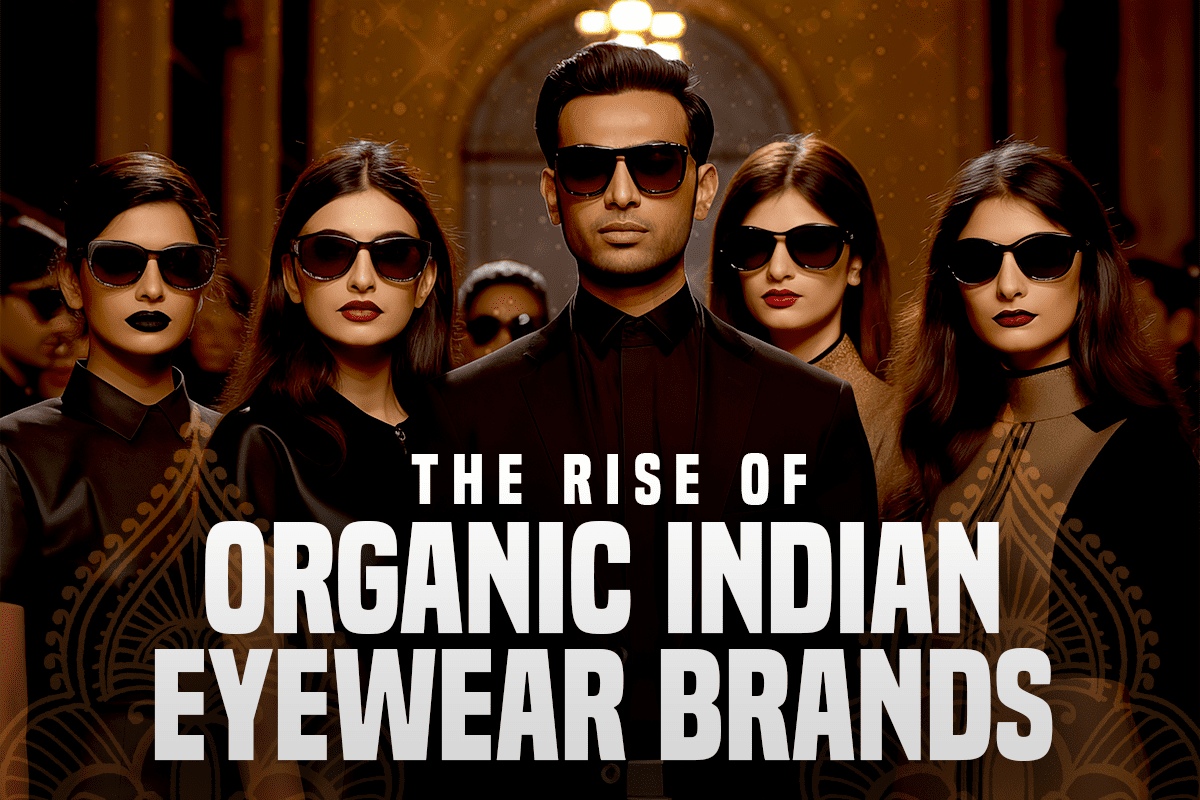Industries across the country are looking forward to the after effects of imposing Goods & Service Tax (GST) starting July 1, 2017. Here is a look at what members of the eyewear trade can look forward to
Industries across the country are looking forward to the after effects of imposing Goods & Service Tax (GST) starting July 1, 2017. While it will simplify the taxation structure in the country, the coming of new rules and regulations are often difficult to accept.
Goods & Services Tax is basically a comprehensive, multi-stage, destination-based tax that will be levied on every value addition made to the raw material. Therefore no industry will be exempt from its impact. Eyewear industry is also going to be affected by the implementation of GST. In fact, GST is being looked upon as one of the most important steps that may change the way the industry works but it will also catalyse the growth of the domain in India.
To be fair, eyewear industry is a small and niche segment. But the volume and potential that it holds is enormous. However, the lack of national brands in this industry often leads to poor pricing and a very unorganised distribution network. While India, as a nation, is evolving in terms of lifestyle and preferences for international brands even in eyewear, the only issue is that could prove to be a major problem is the lack of transparency in this segment.
Back in 2009, the prescription eyewear market in the country was estimated to be roughly worth Rs 1,350 crores. In terms of volume, the market is estimated to be involve 25 to 30 million units every year.
The prescription eyewear market is growing at a rate of 15 to 20 percent a year. This market is fragmented, with the unorganised sector accounting for an alarming 95 percent of this market share.
This leads us to conclude that the industry is indeed growing for the better. In fact, in the long run, even the national brands can aim to achieve a growth rate similar to their international counterparts in the eyewear segment, of course with the continuing support from the government. With this background, let us proceed to analyse the impact of GST in the eyewear industry:
GST will exclude the small retailers/dealers, those who have a turnover below Rs. 20 lakhs per annum. This will decrease the burden on micro enterprise. Medium sized retailers/dealers with turnover up to Rs.75 lakhs per annum can opt for Composition scheme. Under this they would have to only pay 1% GST over the total sales, and they will not be able to avail any input tax credit. Ideally, the suppliers in between, who are also a part this chain can choose to work as non-composite dealers so that they can seamlessly pass on tax credit to their buyers even though they have a turnover below Rs.75 lakhs..
The large retailers/dealers, those who have a turnover of more than Rs. 75 lakhs per annum, will be part of tax credit chain where all the input taxes will be seamlessly available for setoff. The consumer at the end of this chain will be charged according to the applicable GST slab.
Moving on, here is a look at the GST rates decided for various optical products & their HSN codes:
- Ophthalmic Rough Blanks 70151010 ⇒ 12%
- Flint Buttons 70151020 ⇒ 12%
- Contact Lens 90013000 ⇒ 12%
- Ophthalmic Glass Lens 90014090 ⇒ 12%
- Ophthalmic Plastic Lens 90015000 ⇒ 12%
- Plastic Frames 90031100 ⇒ 18%
- Metal Frames 90031900 ⇒ 18%
- Spare Parts for Frames 90039000 ⇒ 18%
- Sunglasses 90041000 ⇒ 28%
- Reading Glasses 90049090 ⇒ 12%
- Spectacle 90049090 ⇒ 12%
The Lens Edging machines which are either imported or locally made will attract 18 percent GST and the full credit will be available for setoff. Thus, there’s going to be a sharp drop in the ownership cost of this asset.
The ’Make in India’ initiative taken up by government of India will get a big boost as tax burden on domestic industry will rationalize and also capital goods used for production will become more affordable. Therefore, it would be fair to say that GST will actually facilitate the business practices in India.
Exhibitions, advertising and media promotions will become more affordable for the optical trade since the GST tax levied on these services can now be setoff. It is also expected that some of the optical products may witness a drop in prices due to reduced manufacturing and import cost.
The big loss with the implementation of GST will be for the smugglers and grey market operators as they will be forced to streamline their business practices. This is particularly true for the markets in Mumbai, where the importers, retailers, wholesalers and manufacturers are happy because of their input tax being setoff as well as adding to the competitiveness of the market. Even the draconian octroi which is believed to be levied only in Ethopia and Mumbai till date, will finally be abolished.
Lastly, GST is set to change the dynamics of Indian Federal system. The clear-cut revenue sharing between Center and State (50:50) will reduce friction between them and ultimately fuel the growth of the trade.
Keeping these many factors in mind, it won’t be improper to look forward to July 1, 2017 as the independence day for industries in every state as the Indian government has sure planned some great things ahead.
This article is true in its knowledge and has been curated by the valuable inputs on the subject from Mr Jayesh Chheda, Twin Lake Enterprise.
And the industry speaks about GST’s impact on the Optical Trade:

“GST is perhaps the most important economic reform which has finally seen the light of the day. This will definitely give India a facelift on the taxation front and of course , will affect all of us. There will be some initial hiccups but things should settle down as we go along.”
– Nalini Gupta, Managing Director, Safilo, India
 “It’s really unfortunate that sunglasses are marked in category as LUXURY ITEMS in India whereas in other countries considered as Eye protective wear and marked as one of the utility items, Due to this GST impact, there could be chances of eye health issues to the common man.
“It’s really unfortunate that sunglasses are marked in category as LUXURY ITEMS in India whereas in other countries considered as Eye protective wear and marked as one of the utility items, Due to this GST impact, there could be chances of eye health issues to the common man.
I strongly feel that we should jointly address to government to reduce GST for sunglasses to save the country from cataract and blindness.”
– Ibrahim Rahumathullah, Managing Director, Maui Jim, India













